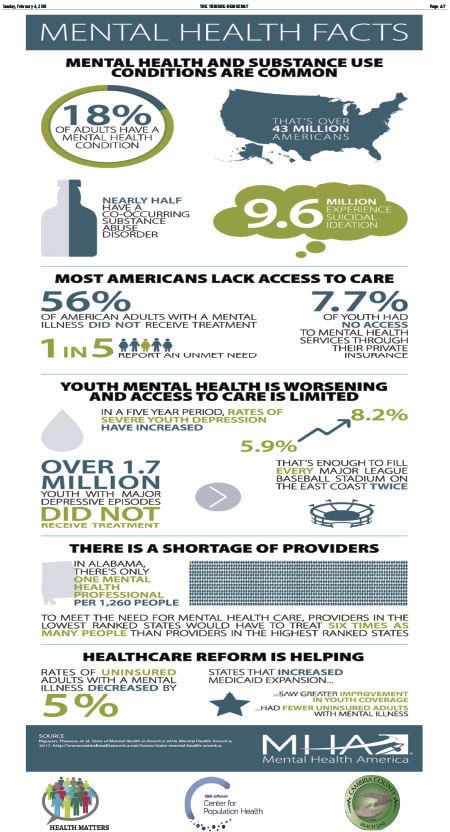Stomach Rupture Pain Symptoms After Taking In Food: Reasons Behind It And Management Strategies

Hernia Pain Hiatal -Jorgensen Ogle
If you have actually experienced stomach hernia pain after eating, you're not the only one. This pain typically occurs from the pressure on a weakened location of your stomach wall throughout food digestion. You may see sharp or hurting discomfort, bloating, and even a visible bulge. However what can you do to take care of these signs and symptoms? Comprehending the link in between hernias and post-meal discomfort is the initial step towards finding alleviation. Allow's explore this better.
Comprehending the Web Link Between Hernias and Post-Meal Pain
When you consume, your body undergoes a complicated process of digestion that can often set off discomfort if you have a hernia. This happens since a hernia occurs when a body organ or cells protrudes with a vulnerable point in the abdominal wall surface.
As food steps with your digestive system system, it might put pressure on this damaged area. You may really feel discomfort or pain, especially after eating larger dishes or details foods that create bloating.
Furthermore, the activity of your intestinal tracts throughout food digestion can worsen the hernia, resulting in more extreme experiences. Comprehending this connection is important, as it assists you determine possible triggers and make nutritional changes to manage pain efficiently.
Monitoring what you consume can supply valuable understandings.
Common Signs And Symptoms of hernia Discomfort After Consuming
If you have a hernia, you could see particular signs and symptoms after consuming that signal pain. Commonly, you may experience sharp or hurting discomfort in your abdomen, especially around the hernia site. This discomfort can heighten after dishes, particularly if you have actually consumed a large portion or heavy foods.
Bloating and gas are additionally regular problems, making you feel uncomfortably full. You may even notice a noticeable lump in your abdominal areas that comes to be a lot more pronounced post-eating.
Nausea or vomiting and occasional vomiting can take place, especially if the hernia is triggering a clog. If you find yourself experiencing these signs constantly after meals, it's important to seek advice from a medical care specialist for appropriate assessment and guidance.
Methods for Handling hernia Pain After Meals
To manage hernia pain after dishes successfully, take into consideration making some nutritional and lifestyle changes.
Beginning by eating https://www.the42.ie/adam-idah-hernia-surgery-5383103-Mar2021/ , much more constant dishes rather than huge portions, which can lower stress on your abdomen. Concentrate on low-fat, high-fiber foods to alleviate digestion. Stay clear of spicy, acidic, or fried foods that may trigger discomfort.
Furthermore, maintain a healthy weight to minimize stress on your stomach wall surface.
After consuming, attempt to continue to be upright for at least two hours to aid food digestion; this can assist prevent discomfort. Gentle activities like strolling can also promote digestion, but prevent extreme workout right away after meals.
Staying moisturized is vital-- beverage lots of water throughout the day to sustain digestion wellness and total wellness.
Conclusion
In conclusion, if you're experiencing stomach hernia discomfort after consuming, it's crucial to recognize the link between your diet plan and your signs and symptoms. By embracing smaller, more frequent dishes and staying clear of trigger foods, you can substantially lower discomfort. Remaining upright and interesting in light activity post-meal can also assist. Don't be reluctant to get in touch with a health care professional if your symptoms persist. Taking these actions can improve your convenience and boost your total well-being.

